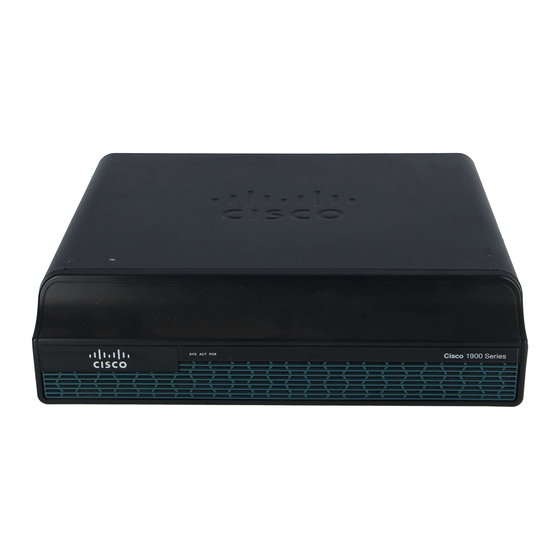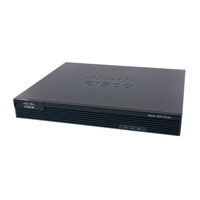
Cisco 1941W Manuals
Manuals and User Guides for Cisco 1941W. We have 3 Cisco 1941W manuals available for free PDF download: Configuration Manual, Hardware Installation Manual, Installing And Upgrading
Cisco 1941W Configuration Manual (409 pages)
Cisco 3900 Series, Cisco 2900 Series,
Cisco 1900 Series
Brand: Cisco
|
Category: Network Router
|
Size: 4.02 MB
Table of Contents
Advertisement
Cisco 1941W Hardware Installation Manual (102 pages)
1900 Series Integrated Services Router
Brand: Cisco
|
Category: Network Router
|
Size: 4.48 MB
Table of Contents
Cisco 1941W Installing And Upgrading (24 pages)
1900 Series
Brand: Cisco
|
Category: Network Router
|
Size: 1.35 MB
Table of Contents
Advertisement


